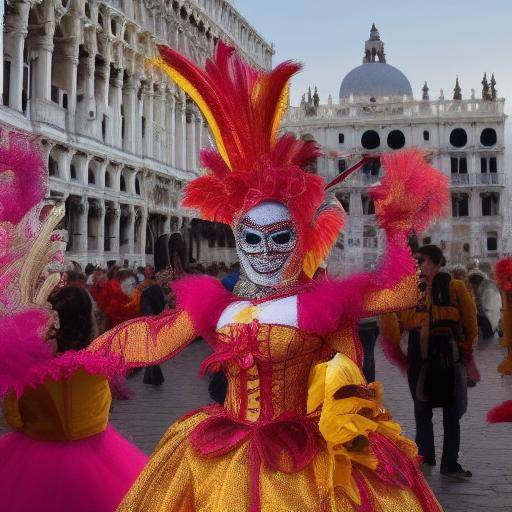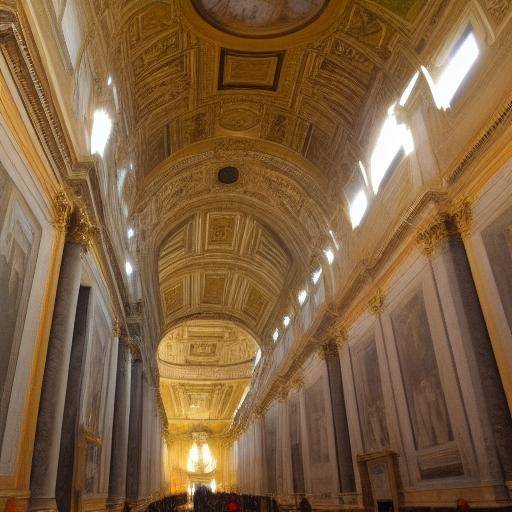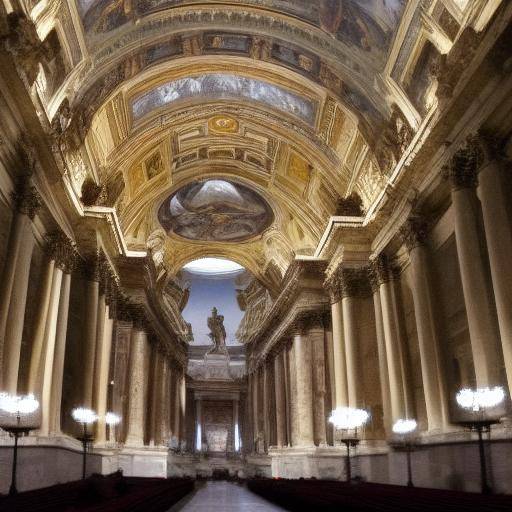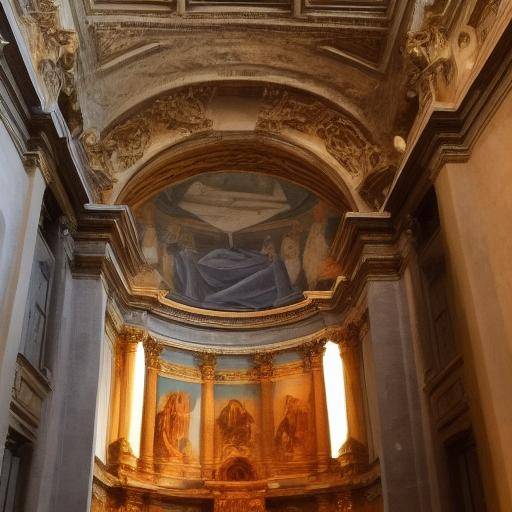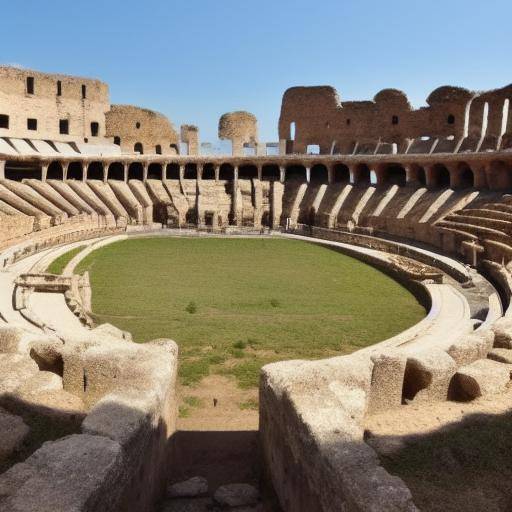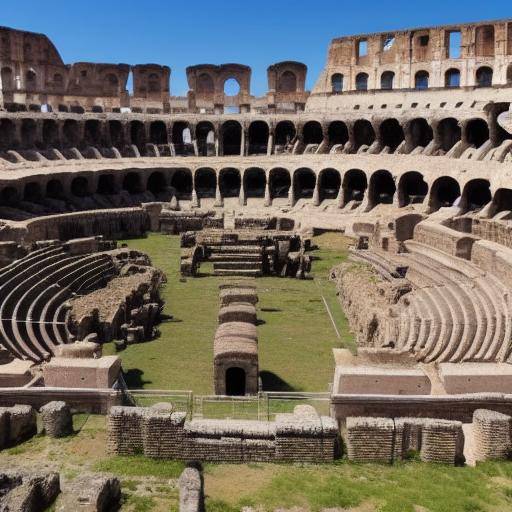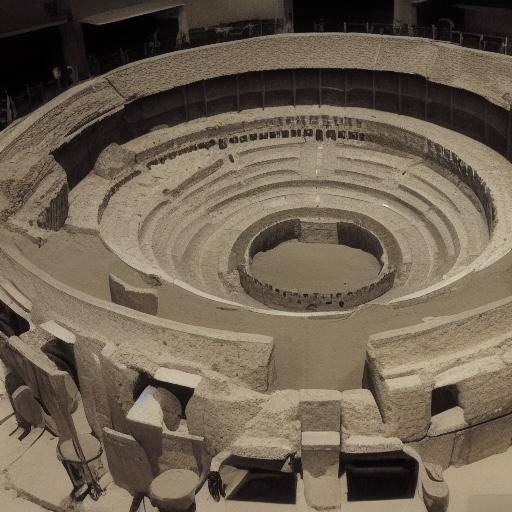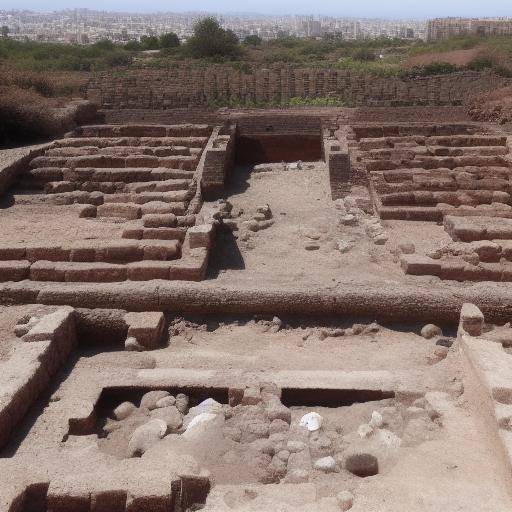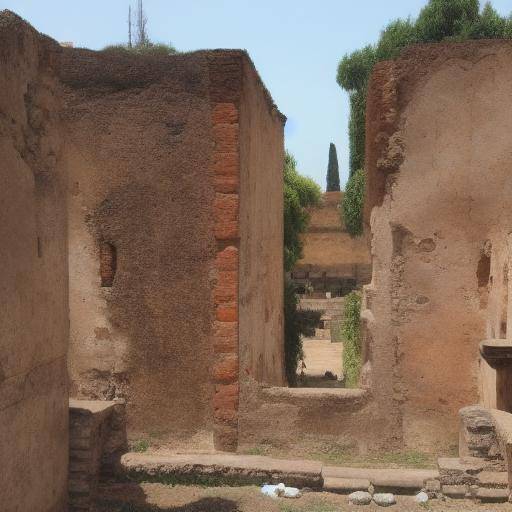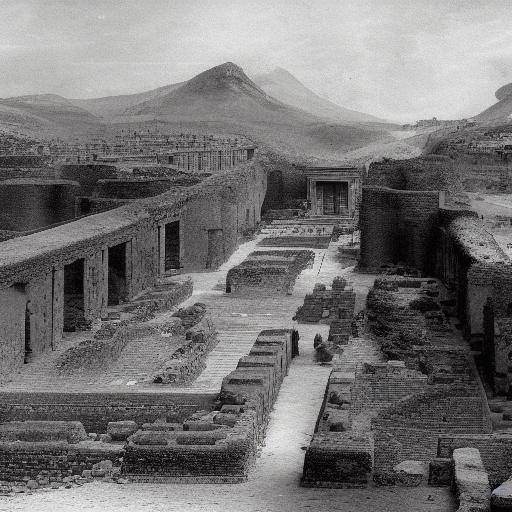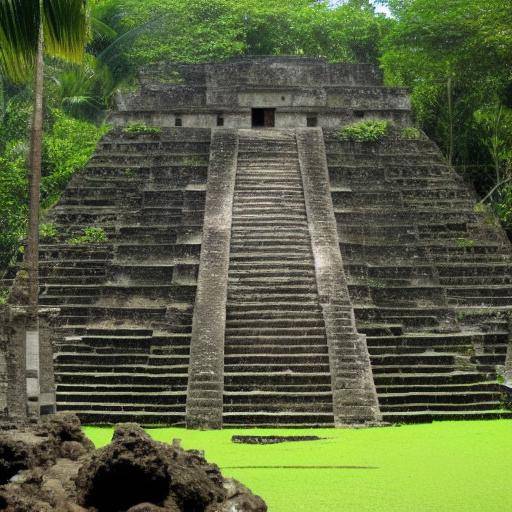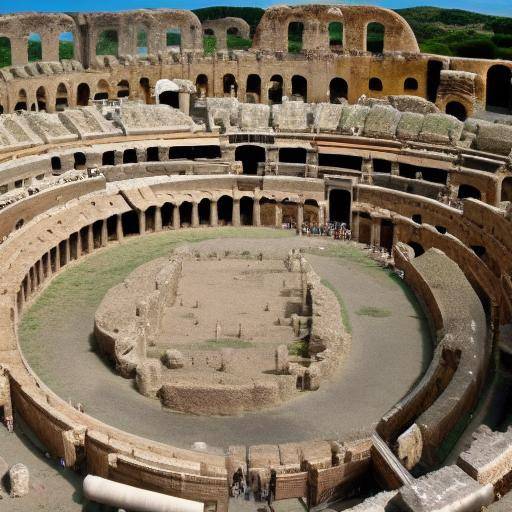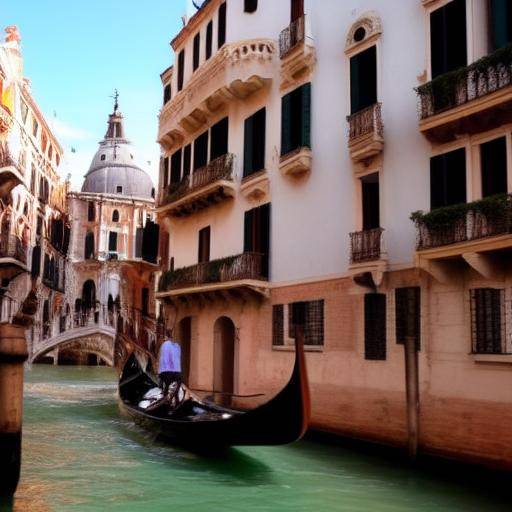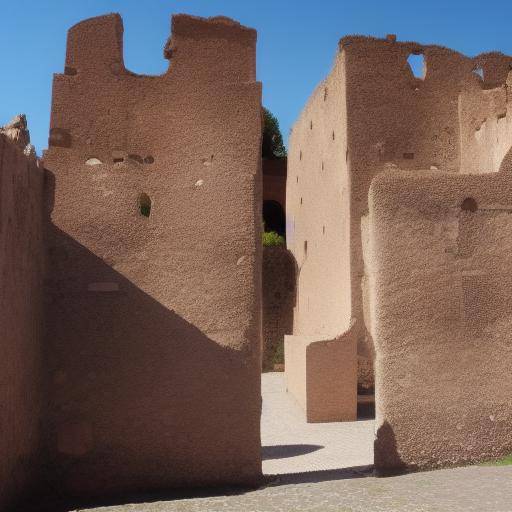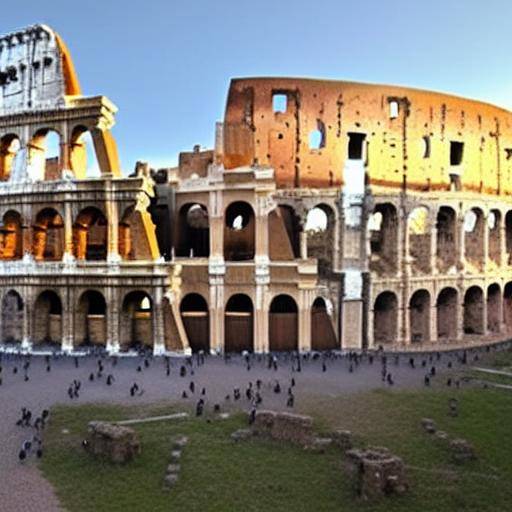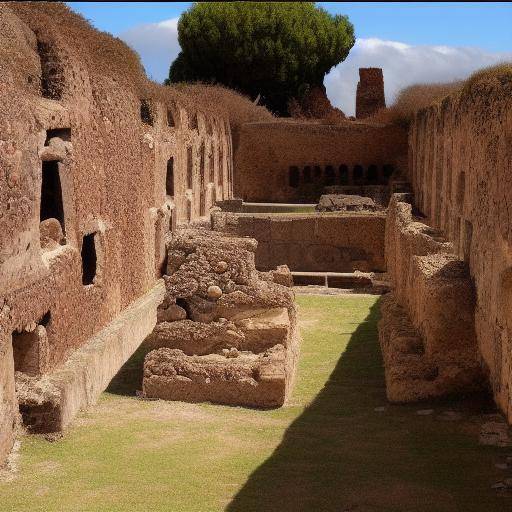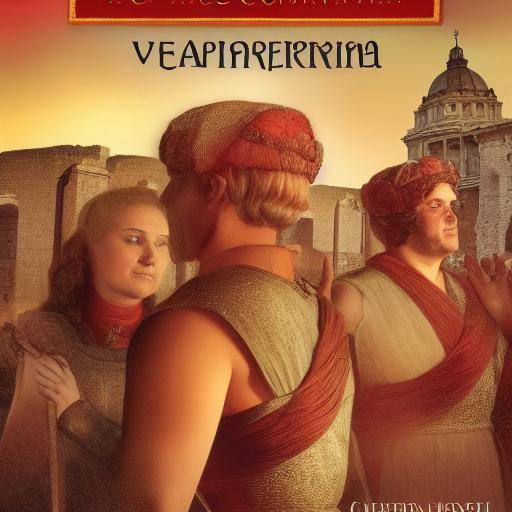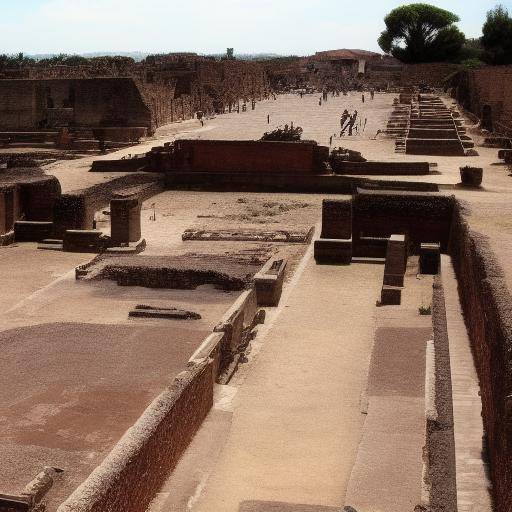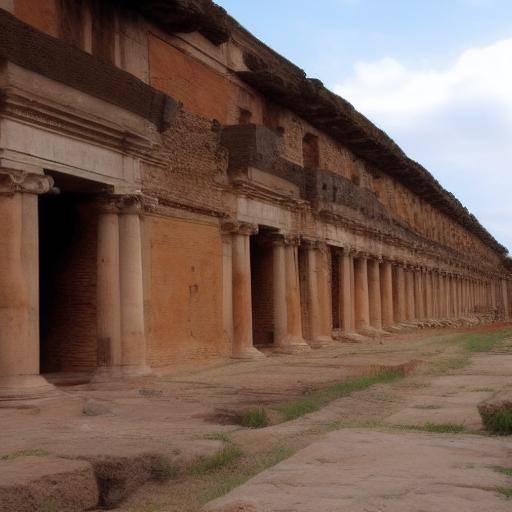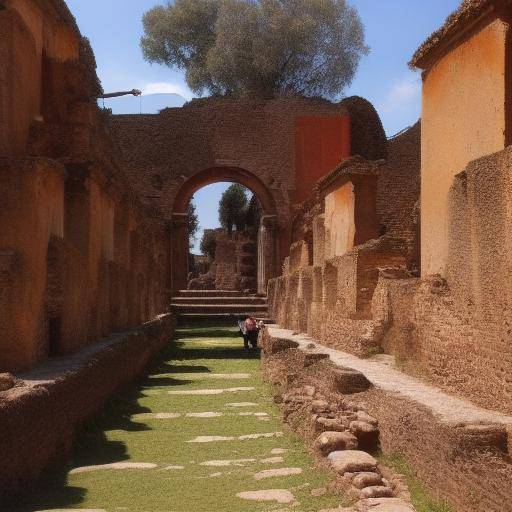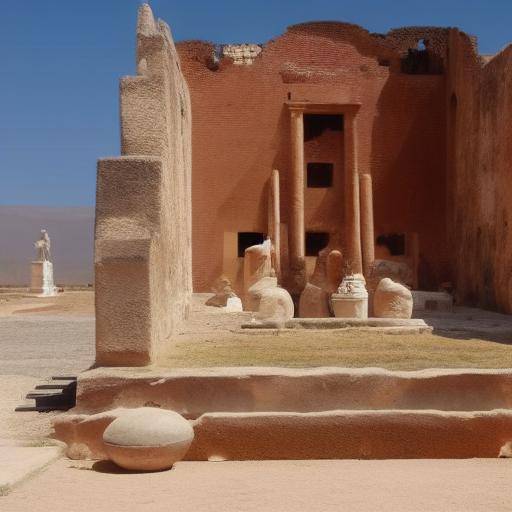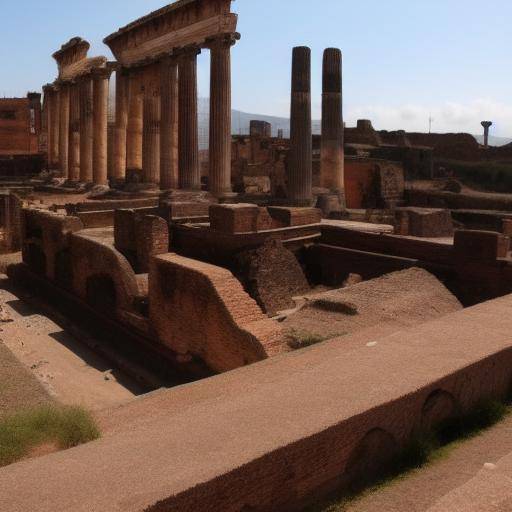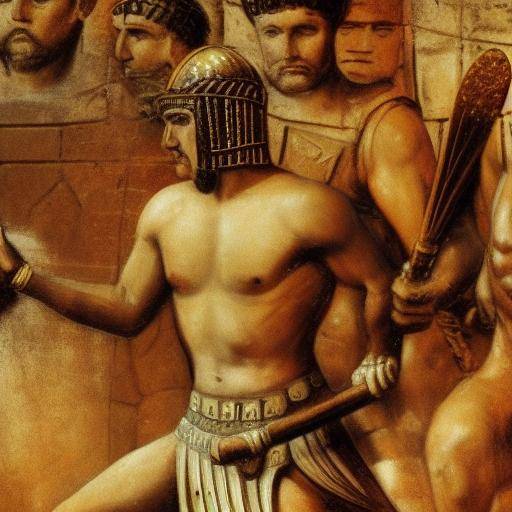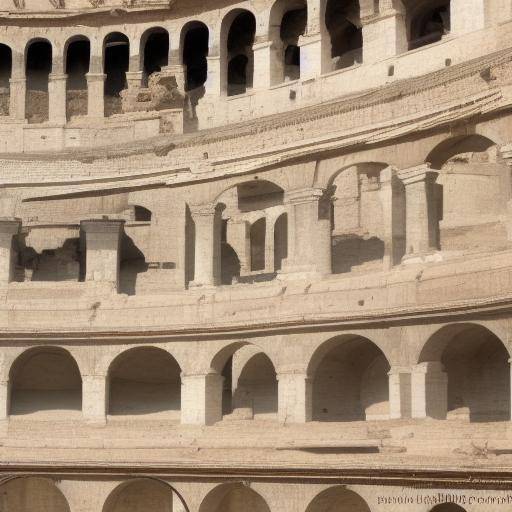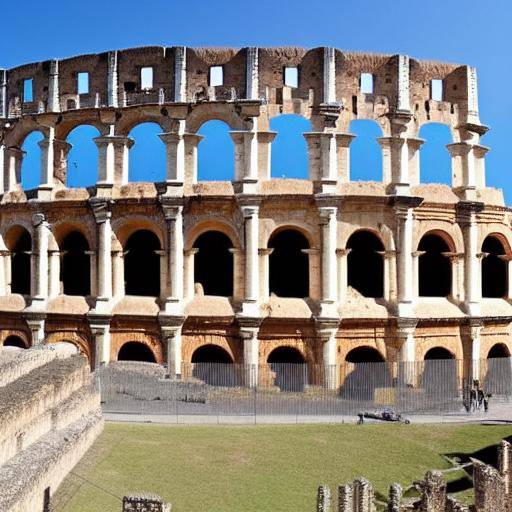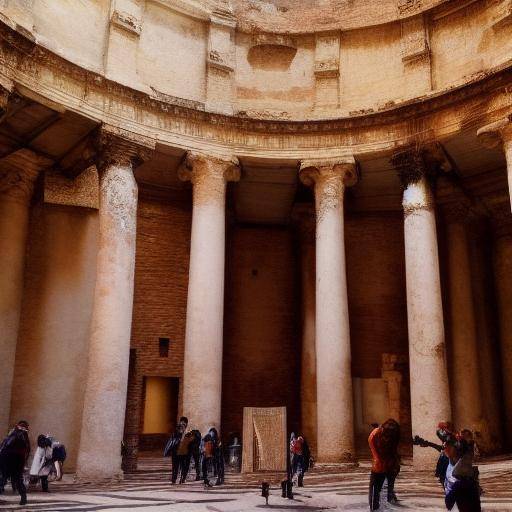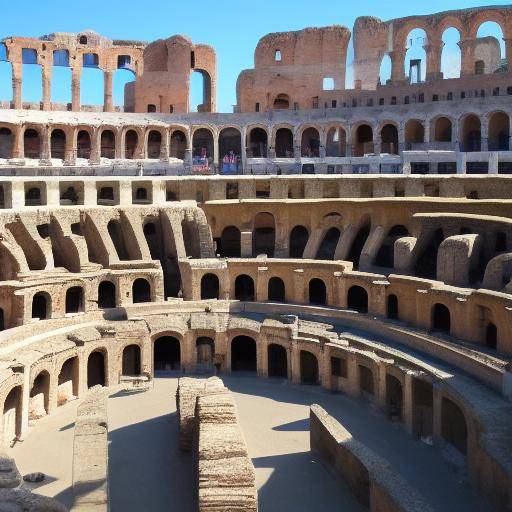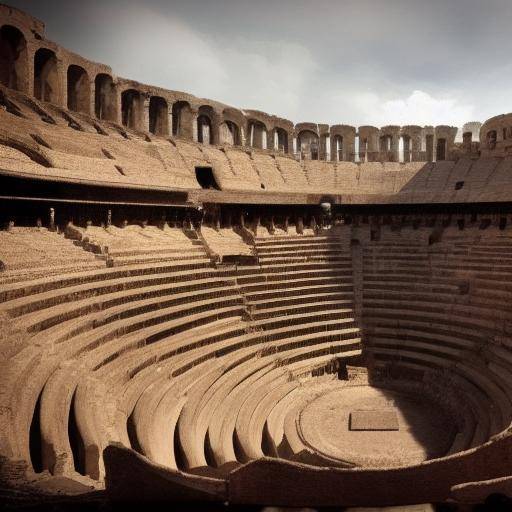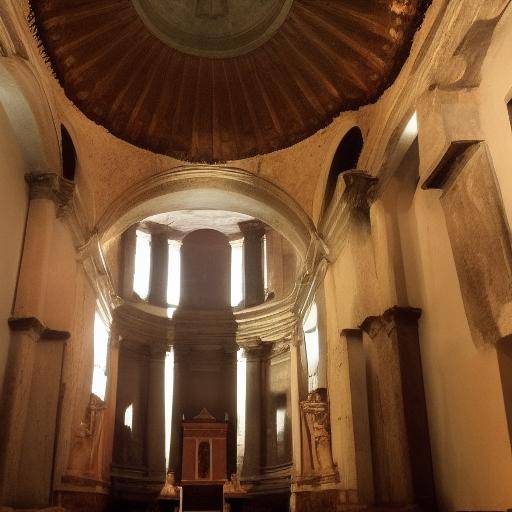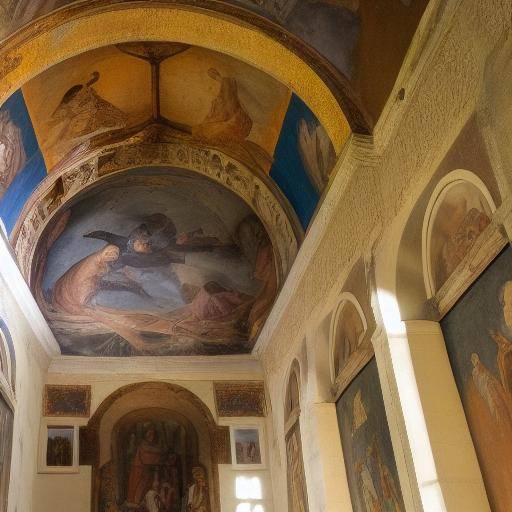
The Colosseum is much more than an old amphitheater: it is a symbol of the greatness of Rome and a window to the glorious past of Italy. In this article, we will explore the history of the Colosseum, the gladiators who made it famous and the fascinating legacy that it has left in the eternal city of Rome.
Introduction
The Colosseum is one of the most emblematic architectural jewels in Rome, a structure that has resisted the passage of time and preserved the memory of the epic shows that took place inside. From gladiator battles to theatrical performances, the Colosseum has witnessed countless events that have left an imprint in Roman history. In this article, we will unravel the secrets of this majestic building, we will explore the lives of the brave gladiators who faced in their arena and discover how their legacy endures in the very essence of Italy.
History and Background
The Colosseum, originally known as Anfiteatro Flavio, was commissioned by the emperor Vespasian in the year 70 AD and completed by his son Tito in the year 80 AD. This impressive stone and concrete structure could accommodate up to 50,000 spectators and was the scene of shows ranging from gladiator fights and wild animal hunting to dramatic performances. Over the centuries, the Colosseum has suffered damage from earthquakes, looting and the passage of time, but its splendour endures as an imposing reminder of the splendor of Ancient Rome.
Analysis in Deep
The shows that took place at the Colosseum were an expression of the complex relationship between political power, religion and culture in ancient Rome. The gladiator games, in particular, were a reflection of the aspirations and fears of Roman society, where skill, courage and, ultimately, the death of gladiators were seen as a popular entertainment.
The gladiators, mostly slaves, prisoners of war or delinquents, trained hard and faced bloody battles in which survival was often a matter of cunning and fortune. Their courage and sacrifice in the sand made them legendary figures, whose stories remain the object of fascination today.
Comprehensive review
The legacy of the Colosseum extends far beyond its stone walls. Its influence can be felt in all aspects of Italian culture, from architecture and art to the politics and mentality of the people. The powerful image of the Colosseum persists in the collective imagination as a symbol of the greatness and decadence of Rome, reminding us that even the most powerful civilizations are vulnerable to the passage of time.
Comparative analysis
The influence of the Colosseum extends beyond the borders of Rome and intertwines with the national identity of Italy. The greatness and magnificence of the Colosseum reflect the indomitable spirit of the Italian people, their passion for life and their ability to resist the trials of time and adversity.
Practical Tips and Accessible Tips
Visiting the Colosseum is an experience that goes beyond mere tourism. It is a journey to the heart of history, an opportunity to connect with the deep roots of Western culture. To make the most of this experience, it is recommended to explore also the nearby archaeological sites, such as the Roman Forum and Mount Palatino, for a more complete perspective of life in ancient Rome.
Industry Information and Expert Reviews
Scholars and archaeologists continue to dig up new secrets and hidden treasures of the Colosseum, shedding light on its importance and its impact on history. His research reveals the complex social and cultural dynamics that supported the shows in the Colosseum, offering a richer and more nuanced understanding of life in ancient Rome.
Case Studies and Real Life Applications
The legacy of the Colosseum continues to inspire artists, filmmakers and writers, who have immortalized it in countless works of art, films and novels. Its fascinating history and imposing presence continue to be an inexhaustible source of inspiration and reflection, demonstrating the lasting impact of this extraordinary monument on contemporary culture.
Future Trends and Predictions
As tourism and archaeology continue to evolve, interest in the Colosseum and its legacy is expected to remain strong in the future. New technologies, such as virtual reality and increased reality, promise to offer innovative experiences that enable future generations to explore and understand the greatness of the Colosseum in a way never before seen.
Conclusions
The Colosseum is much more than an architectural milestone: it is a testament to the resistance and creativity of the human spirit. His legacy endures as a timeless reminder of the greatness and fragility of civilization, inviting us to reflect on our past and to inspire ourselves for the future. In exploring the history of the Colosseum, we immerse ourselves in a world of intrigue, courage and transcendence that continues to captivate entire generations.
Frequently asked questions
What is the cultural significance of the Colosseum for Rome?
The Colosseum symbolizes the greatness and splendor of Ancient Rome, offering a unique window to the history and culture of Roman civilization.
How did gladiator fights take place at the Colosseum?
Gladiator fights were highly choreographed events that often involved strategy, skill and, ultimately, the life or death of gladiators.
What is the importance of the Colosseum in contemporary Italian culture?
The Colosseum remains an iconic symbol of the greatness and resistance of the Italian people, influencing all aspects of culture and national identity.
What is the best way to explore the Colosseum and its surroundings?
It is recommended to take a guided tour to get a deeper understanding of the history and importance of the Colosseum, as well as explore the nearby archaeological sites to get a complete perspective of life in Ancient Rome.
How has the Colosseum influenced literature, cinema and other forms of art?
The Colosseum has been an inexhaustible source of inspiration for artists, filmmakers and writers, who have immortalized it in numerous works of art, films and novels as a symbol of greatness, tragedy and eternal legacy.
What are the emerging technologies that could impact the experience of visiting the Colosseum in the future?
Virtual reality and augmented reality promise to offer new innovative ways of experiencing and understanding the greatness of the Colosseum, allowing future generations to explore their legacy in a way never before seen.
To explore the Colosseum is to dive into a world of mystery, courage and transcendence. Within its walls are the traces of a civilization that challenged the limitations of its time and transcended the barriers of space, leaving a lasting legacy that continues to inspire and astonish today's visitors. May this exploration of the history of the Colosseum lead us to a journey of discovery and reflection, reminding us of the timeliness of human greatness.

